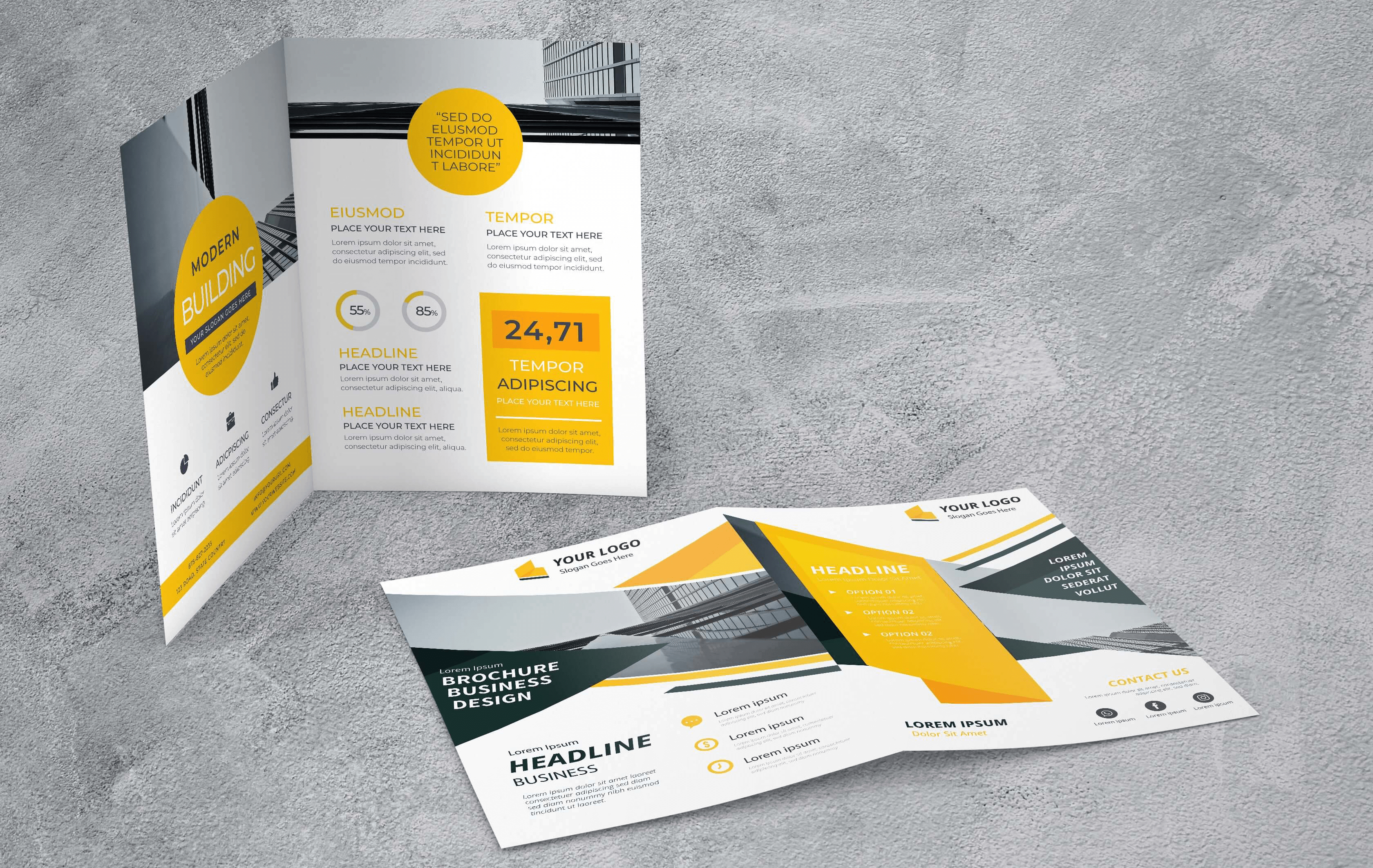How to design an effective brochure for your business.

Designing a brochure can seem relatively simple. However, designing a brochure that people will hold onto can prove to be a challenge. So, how do you make sure your brochure grabs the customers attention and how do you ensure they hold onto it? Here, our team of experts have a few tips and tricks to help you design that eye-catching brochure and keep it in the hands of your audience.
1. Know what you want to say.
It’s important to have a clear vision of what you want your readers to learn about when they pick up your brochure. Consider your target audience and what your business has to offer them. As first impressions last, we recommend keeping the copy short and succinct as your audience will likely skim read your brochure.
2. Write a compelling headline.
You only have a moment to entice your audience. Writing a compelling headline and subsequent subheadings will play a key role in capturing your audience’s attention. Be mindful to fulfill what you’ve claimed in the body copy of your brochure. Typically, someone will pick-up a brochure to learn more about the content featured in one of the headings. If the reader can find the information they are looking for in your brochure, you have satisfied their need, creating a positive customer experience.
3. Know your brochure folds.
One of the unique conventions of a brochure is its numerous folds. It’s important to be aware of the number of folds in your brochure as this will impact how your content is displayed. By ensuring content is well-aligned with the various folds in your brochure will increase readability.
If you’re unsure which brochure fold is suitable for your business brochure, we recommend reading our brochure folding guide.
4. Keep your audience front of mind.
Having a clear understanding of your target audience is key to creating an effective brochure. Gathering information about your target audience, including demographics and lifestyle, allows you to craft a business brochure design that appeals to and engages your audience.
5. Use high resolution quality images.
Brochures are visual documents, meaning image quality is important. Photos are a great way of making a connection with your customers and conveying your brand message.
For high quality images, we recommend that all images are 300dpi to ensure crisp results. If you plan to use stock photos, try to select imagery that reflects your brand and appeals to your audience. We have a range of image and design services and articles to guide you when creating your next brochure.
6. Include a call-to-action.
It’s also important to include a clear call-to-action directing your audience to complete a specific interaction. This might be to make a phone call, visit a website, or redeem a promotional code.
7. Follow brochure conventions.
Our team recommend your brochure also meets the following requirements:
- 3mm bleed
- 100% scale
- 1-up on a single page
- Convert text to paths, curves, or outlines
- Nominate colours as CMYK or Pantone numbers
- Supply as PDF
As you can see, there are a range of elements to take into consideration when designing a brochure. We hope this article has provided you with a helpful guide when creating your next business brochure.
If you’re looking to lean on our expertise, our team offer a range of proven, effective brochure templates and design consultancies to help bring your idea to life.
Get in touch with us today or call us on 1300 663 120. to help bring your brightest business idea’s to life.


